A gully drain, commonly referred to as a gully trap or simply gullies, is a crucial component in any drainage system. Its primary function is to collect surface water such as rainwater and gray waste (like water from dishwashers, washing machines, showers, etc.). Besides preventing debris from entering the system and avoiding blockages, gully traps allow wastewater to drain away efficiently while preventing foul-smelling gases from escaping back into the environment. They're a standard feature installed in most properties! When shopping for drainage gullies, you might feel overwhelmed by the variety available. But essentially, there are only three main types you need to consider. All of these serve to connect the above-ground drain to the below-ground drain system. This type gets its name from the distinctive "P" shape in the middle, which serves to trap incoming water. Water enters through a gully hopper (which we'll discuss later), flows into the central chamber, and then connects to the main 4-inch drainage pipe system. The water trapped in the "P" bend creates a barrier that stops gases (and the resulting bad smells) from escaping into the air. You can find them in both 90-degree and 45-degree angles, with both functioning similarly. They usually come with a socket and rubber seal to connect to a pipe, though sometimes they come without needing a coupling to join the gully to the drainpipe. It's important to note that P trap gullies are non-roddable – this is what sets them apart from bottle trap drainage gullies. In essence, bottle trap drainage gullies work similarly to the P trap kind and share many of the same features. However, a key difference is that they're roddable, which is useful when dealing with blockages. Since the main chamber of the bottle gully contains a removable trap, it's much easier for homeowners to maintain the gully. You can simply remove the trap, clean it, and replace it. Bottle gullies come as either a fixed unit or with an adjustable top in square or round shapes. The adjustable top allows you to set the grid to the desired ground height. They also come as either plain-ended or back-inlet. Plain-ended gullies have a single outlet to connect to the sewage system, whereas back-inlet gullies have an inlet on the back to attach to another drainage run. Finally, road drainage gullies are built to handle heavy traffic, such as those found on motorways and airport runways. They have a trap that collects sediment and prevents odors from escaping. They're significantly larger than the Other two types we've discussed, with a diameter of 150mm and covering an area of approximately 250 square meters at most. These gullies typically consist of a plastic unit that provides a liner for concrete casting. Concrete is then used for reinforcement once all the pipework has been connected. They're used for stormwater (rainwater) that will eventually connect to the main drainage system and be discharged into a waterway. You'll often see the familiar grids on top of these gullies lining the sides of most roads. To prevent blockages caused by debris or waste, regular maintenance of your drainage gully is essential. Blockages can lead to flooding and some seriously unpleasant smells. Seasonal checks, especially after rainy and windy weather, are recommended to ensure debris hasn't accumulated in your gully. Regularly clearing it out is key to ensuring your gully lasts as long as possible. When blockages occur, the method of addressing them depends on the type of gully you're dealing with. Unblocking a bottle gully is far simpler than a P trap gully due to its roddable nature and the presence of a removable trap with easy outlet pipe access. Simply remove the inner chamber trap, insert the drainage rod, and dislodge the blockage to remove it. If the blockage is stubborn, you may need to call in a specialist who will use a high-powered water jet to break it up. On the other hand, if you're unblocking a P trap gully, you'll need to call in a drainage specialist regardless of the blockage itself. They'll likely use electro-mechanical pipe cleaning, which involves inserting an electric device with a cutting head around the bend, to clear out the gully. No matter whether you're working with bottle gullies or P trap gullies, you'll need a gully hopper. These are responsible for collecting water from the surface and channeling it into the trap. Depending on the depth of the gully, you can connect the hopper to the trap using a length of pipe. Typically, these hoppers come with an attached grate that prevents debris from entering the drainage system. You can find hoppers in square, rectangular, and round shapes to match your chosen design and blend in with your paving. If you have a bottle gully, it will come with a grid that matches the trap. However, if you have a road drainage gully, you'll usually need to purchase separate grating. The gully grates are typically made from cast iron or ductile, and access is either hinged or achieved through complete removal from the frame during checks. Double triangle gratings offer greater reinforcement and can be used in areas with high-speed traffic. These grates are categorized into classes from A to F, each referring to a different intended weight and traffic level. Here's an overview of each class, their test load, and the applications for which they're most suitable: To give these classes some context, while a carriageway (road) requires at least a Class D grate, a domestic patio drainage fitting can get away with a Class A grate. Generally, the trap should be placed onto a pre-cast concrete slab, bricks, or in-situ concrete. Then, adjust the grid to the suitable ground level, ready for the rainwater downpipe or waste pipe to connect into it. Next, connect the underground drainage pipe that will link to the main drainage run or soakaway crate system. Author Bio Nathan has been in the drainage and plastics industry for over 12 years. Having worked for both builders' merchants and major manufacturers, Nathan has gained a significant amount of industry and product knowledge. Now at EasyMerchant, Nathan has dedicated himself to making tradespeople's lives easier. 110mm Gully Traps 110mm Underground Drainage Bottle Gully 110mm Underground Drainage Hopper with Removable Grill Road Gully 300/450mm Diameter x 600/750/900mm Invert (110/160 Outlet) 110mm Low Back P Trap with a Single Socket Bottle Gully Riser D400 Gully Grid CoverWhat is a Gully Drain?
Varieties of Drainage Gully
P Trap Drainage Gullies also known as Lowback P Traps
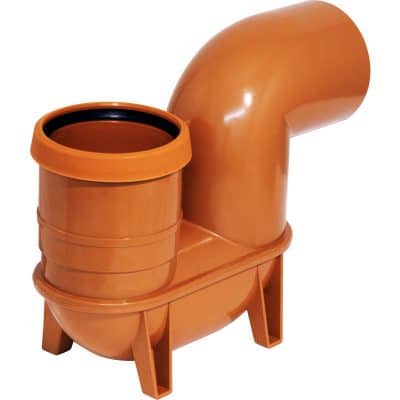
Bottle Trap Drainage Gullies

Road Drainage Gullies

Maintaining Your Gully Trap
Gully Hoppers Explained
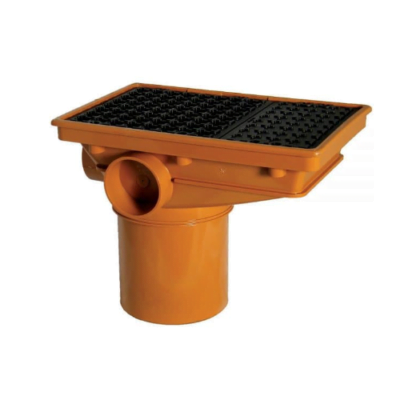
Drainage Road Gully Grating Weight Ratings
Installing a Gully Trap
Nathan Wilde
Shop Drain Gullies
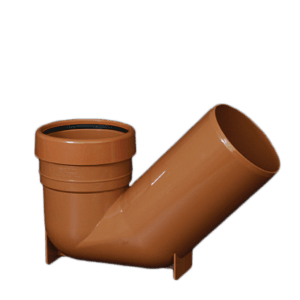
£21.90 Excl. VAT£9.00 Excl. VAT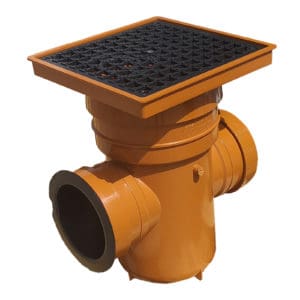
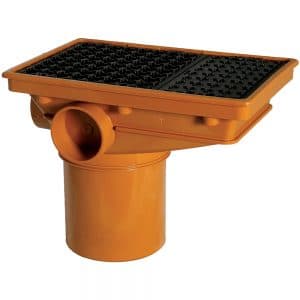
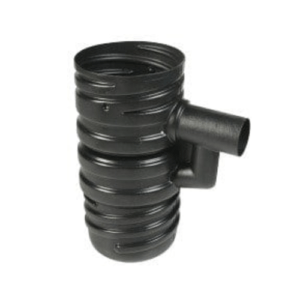

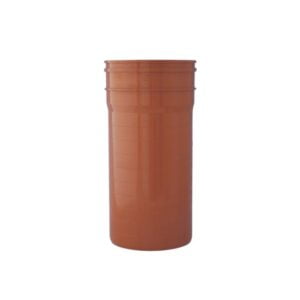
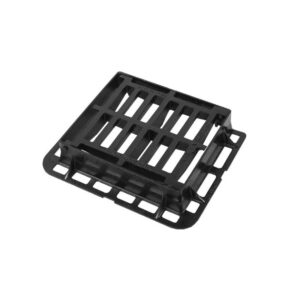
Sale!
Add to basket
(10)
From £11.50 Excl. VAT
Select options
Sale!
(6)
From £10.91 Excl. VAT
Select options
(1)
From £40.95 Excl. VAT
Select options
(2)
£19.03 Excl. VAT
Add to basket
Sale!
(2)
From £6.76 Excl. VAT
Select options
(1)